Star polychora
The mathematician does not study pure mathematics because it is useful; he
studies it because he delights in it and he delights in it because it is beautiful.
J. H. Poincaré
Like polygons or polyhedra, polychora are not necessarily convex. In what follows, we will
show models of highly symmetrical non-convex polychora, which are known as ``star
polychora'' by analogy with the star polygons and star polyhedra.
To understand many of these polychora, we must clarity the meaning of stellations and
facetings among 4-D objects. Stellating a polychoron extends its cells along their 3-D
"planes" until they meet identically extended cells, while faceting removes parts of the
polychoron while preserving its vertex arrangement.
As for polygons and polyhedra, the larger the number of cells/vertices of a polychoron,
the larger the number of its stellations/facetings. All such stellations/facetings are
necessarily non-convex.
Also, as for polyhedra, and for the same reasons, if polychora A and B are duals, then the
dual of the stellation of A is a faceting of B. It is very important to keep this in mind
for understanding what follows.
Regular star polychora
There are ten regular star polychora,
the 4-D analogues of the regular star polyhedra. As for regular star polyhedra, they must
be stellations and facetings of regular convex polychora because they must be symmetric
around each vertex and around each cell. Below and in Nan Ma's page on star polytopes you can see models
of all of them. The cool exploding polychoron animations in the latter site are from this
Observable notebook.
All ten have the Hexacosichoric symmetry of the 600-cell and 120-cell; as we'll see below,
there are no regular star polychora with other symmetries; this situation is analogous to
the regular star poyhedra, which only have Icosahedral symmetry. We depict their geometric
relations in Diagrams IIa, b and c below. Some preliminary conclusions from these
diagrams:
- In Diagram IIb, we see that nine of the regular star polychora are facetings of the
600-cell and that one
of them - the Great grand stellated 120-cell - is a faceting of the 120-cell, with 600 vertices. This
makes it a 4-D analog of the Great stellated dodecahedron, which it has as cells.
- The dual of each regular star polychoron is also a regular star polychoron; this
implies that nine of them are stellations of the 120-cell and that the dual of the Great
grand stellated 120-cell - the Grand 600-cell - is a stellation of the 600-cell (see
Diagram IIc). This makes it a 4-D analog of the Great icosahedron, which is its vertex
figure.
Thus, apart from the Grand 600-cell and Great grand stellated 120-cell, the other 8
regular star polychora are facetings of the 600-cell and stellations of the 120-cell,
i.e., they have 120 vertices and 120 cells. Both types of elements are necessarily aligned
with the 60 axes of Icosahedral symmetry, with the cells and vertex figures sharing that
symmetry. Thus, their cells are necessarily located under their vertices. This also means
that no elements are associated with the 300 axes of Tetrahedral symmetry of the
Hexacosichoric symmetry. These polychora are analogous to the Stellated dodecahedron and
Great dodecahedron, which are stellations of the Dodecahedron and facetings of the
Icosahedron and therefore have 12 faces with 5-fold symmetry located under their 12
vertices; the vertex figures also have 5-fold symmetry; these polyhedra have no elements
associated with their 3-fold symmetry.
The icosahedral symmetry of the cells and vertex figures includes central symmetry, for
that reason, like the 24-cell, these 8 polychora have both equatorial polyhedra and
polygons and equatorial cell rings. In these polychora, each equatorial polygon
goes through an equatorial cell ring. Each equatorial polygon has another one in a
perpendicular plane, the same thus happens for the equatorial cell rings.
***
Three of the regular star polyhedra are built from the 600-cell by using its three sets of
regular edge and face sections as cells. Because this faceting operation preserves the
edge arrangement, the Zometool representations of their Icosahedral projections are
identical to that in Figs. 5.10 and 6.1. Because this is a vertex-first projection, the
same is the case for these three projections.
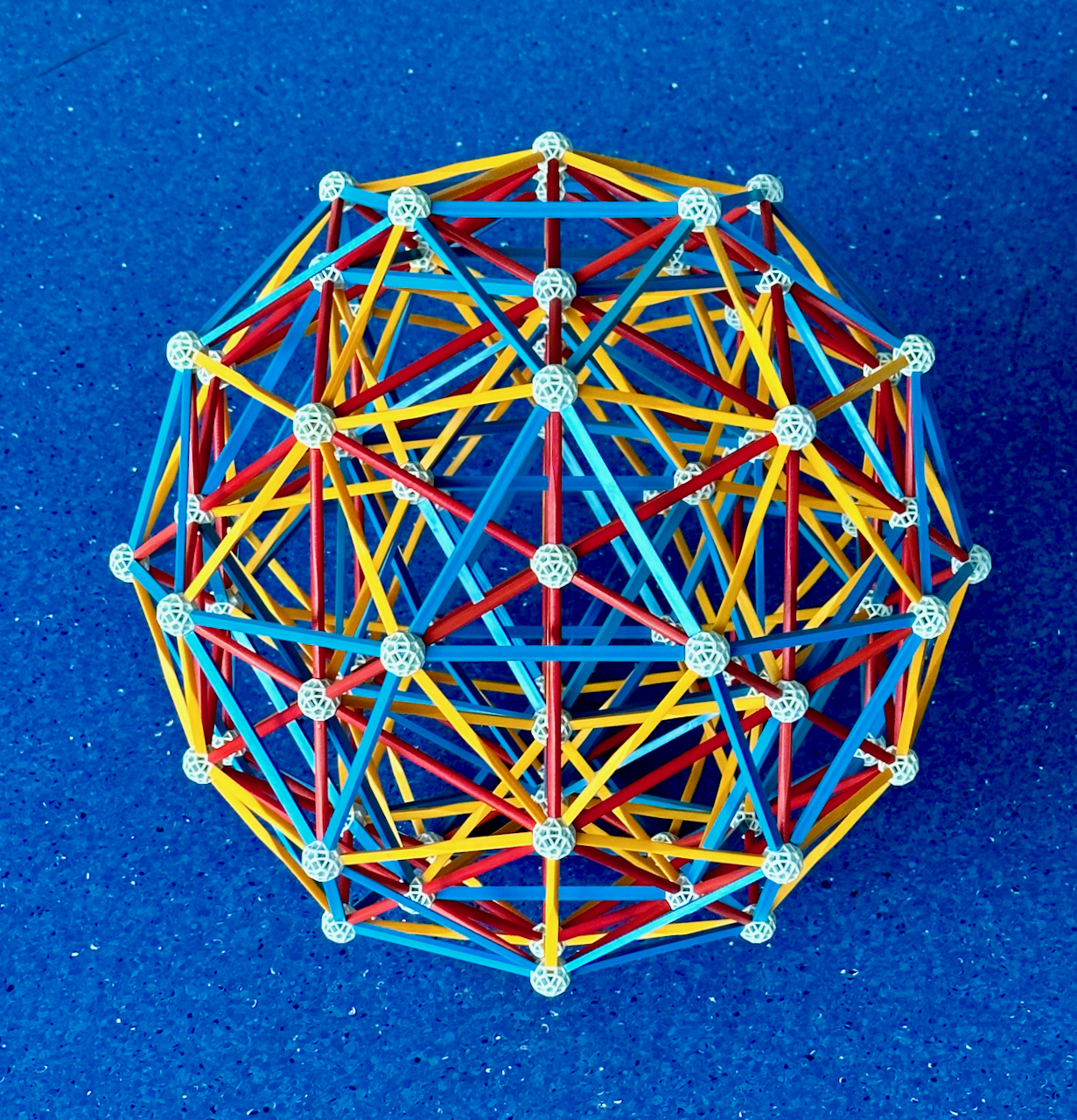
Fig. 6.1: The Zometool Icosahedral projection of the 600-cell, this time seen from a
3-fold symmetry axis. This model also represents the Icosahedral projections of three
regular star polychora: the Icosahedral 120-cell, the Great 120-cell and the Grand
120-cell.
The shared edge arrangement of these polychora also implies that their vertex figures
must share the vertex arrangement of the vertex figure of the 600-cell: the
Icosahedron. This means that they are the three facetings of the Icosahedron depicted in
Fig. 4.6c. In cases where the polychora share the same face arrangement, the vertex
figures must share the same edge arrangement; their faces are determined by the vertex
figures of the cells, their vertex figures are the edge figures of the polychoron. We can
therefore fully characterise the star polychora built with the sections of the 600-cell:
- The Icosahedral face sections of the 600-cell are the cells of the Icosahedral 120-cell (see virtual model), which
shares the Triangular faces of the 600-cell. The vertex figure is the Great
dodecahedron, the edge figure is the Pentagram.
- Since the Icosahedral 120-cell has Triangular faces, its vertex figure (the Great
dodecahedron) must be highlighted by its edges. These are the Great dodecahedral edge
sections of the 600-cell and the cells of the Great 120-cell (see virtual model). The vertex figure is
the Stellated dodecahedron, the edge figure is the Pentagon. Since the cells and vertex
figure are duals, this polychoron is self-dual.
- The Dodecahedral edge sections of the 600-cell are the cells of the Grand 120-cell (see virtual model). This polychoron
shares the arrangement of Pentagonal faces of the Great 120-cell. Its vertex figure is
the Great icosahedron, the edge figure is the Pentagram.
Unlike these regular sections, the equatorial polyhedra in the outermost layer
(Icosidodecahedra) do not give rise to additional regular polychora, because they are not
themselves regular. They share the vertices of vertex section 4 in Table 3, the
Triangular faces of the 600-cell / Icosahedral 120-cell and the Pentagonal faces of the
Great 120-cell / Grand 120-cell.
***
We now present Icosahedral projections of the 7 remaining regular star polychora. Like the
model of the 600-cell above, they all have Icosahedral symmetry, because all result from
projecting the polychora along one of the 60 axes of that symmetry. Any elements that are
perpendicular to that axis appear undistorted and share that symmetry. Like the model of
the 600-cell above, these models are made on a φ smaller scale than the corresponding
models in David
Richter's projects with the Zometool page, the reason for this is the fact that size 3
struts are no longer widely available, but also because the space in my office is limited!
Also, they all have points where several blue struts intersect. Because I wanted to make
these models a permanent addition to my office, I cut the necessary blue parts with
pliers.
Figs. 6.2a, b, 6.3a and b show models of Icosahedral projections of the 6 remaining
regular facetings of the 600-cell. Given their symmetry, they necessarily have the vertex
arrangement of the Icosahedral projection of the 600-cell (Figs. 5.10 and 6.1). Therefore,
as for the three previous regular star polychora, these are vertex-first projections. In
these projections, several undistorted sections appear (in blue around the central vertex,
which we list) that have Icosahedral symmetry and are located (in 4D) at increasing depths
under the two vertices being projected to the centre.
The first model (Figs. 6.2a and b) represents a projection of the Small stellated 120-cell
(henceforth "Stellated 120-cell" for short, see virtual model).
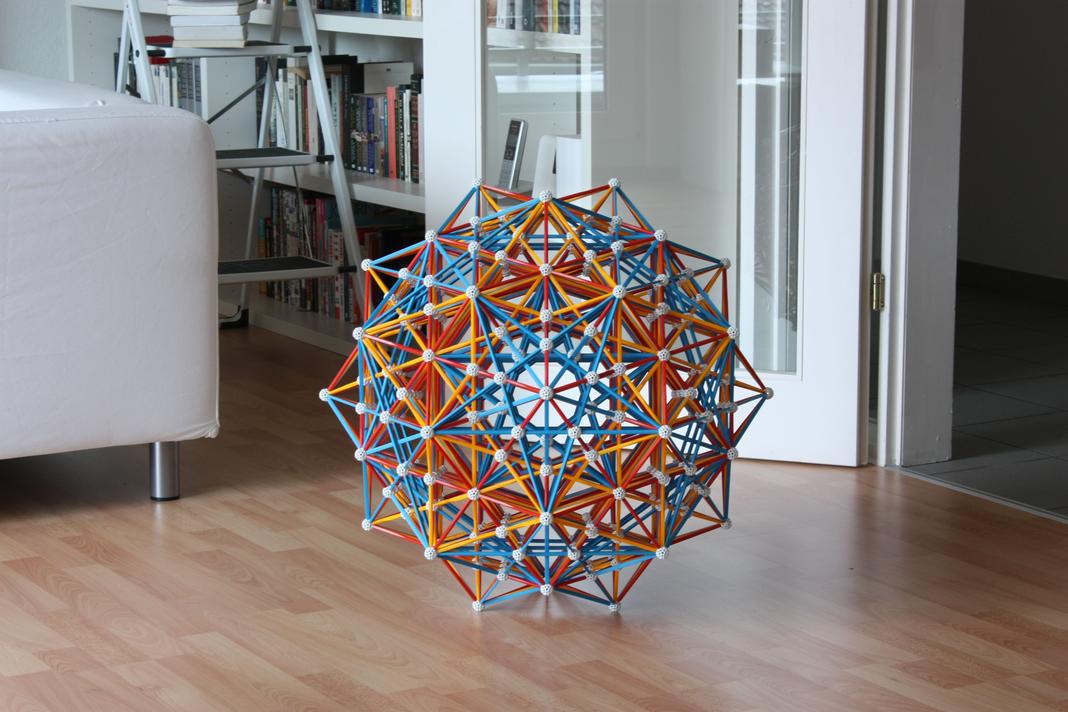
Fig. 6.2a: Icosahedral projection of the Stellated 120-cell and Great grand 120-cell.
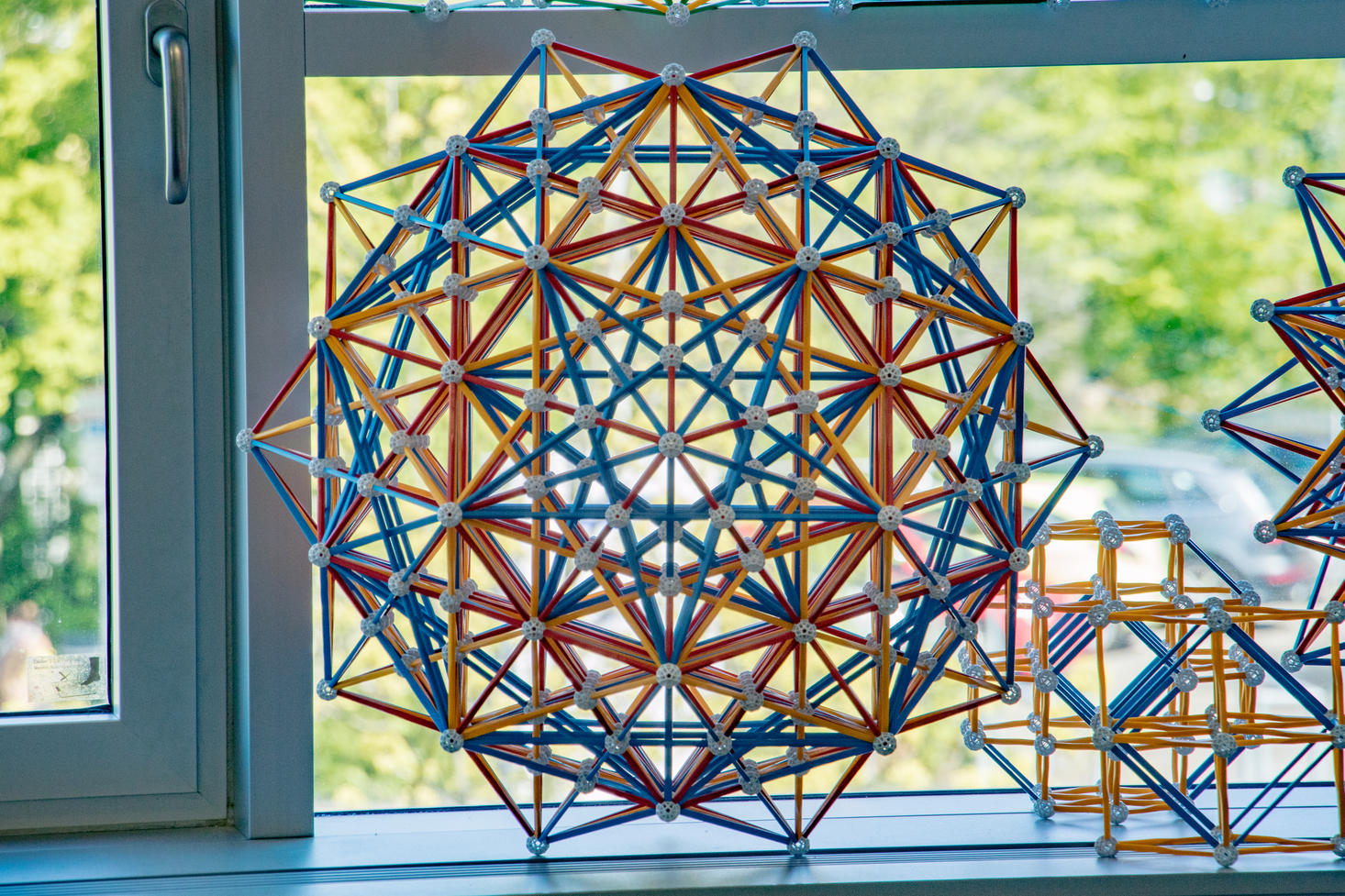
Fig. 6.2b: This is how it looks in my office.
Picture by Jason Wu.
How to build: see instructions in
David Richter's dedicated page.
The stellation of the 120-cell into the Stellated 120-cell provides an example of how
stellations in polychora happen in multiple dimensions:
- The edges of each Pentagonal face are extended to form Pentagrammic faces, with a new
vertex above each of the edges that is touched by the 2 extended neighbouring edges. The
one-to-one correspondance between edges and new vertices means that the latter's
arrangement is that of a dual Pentagon (Fig. 2.6a).
- Each Dodecahedral cell was stellated into a Stellated dodecahedral cell, with a new
vertex above each previous Pentagonal face that is touched by the 5 stellated neighbouring
faces. The one-to-one correspondance between faces and new vertices means that the
latter's arrangement is that of the dual of the Dodecahedron, the Icosahedron (Fig.
3.5a).
- The 120-cell was stellated into the Stellated 120-cell, with a new vertex above each
previous Dodecahedral cell that is touched by the 12 stellated neighbouring cells. The one
to one correspondence between cells and new vertices means that the latter's arrangement
is that of the dual of the 120-cell, the 600-cell.
The false vertices of the Stellated dodecahedral cells of the Stellated 120-cell are the
true vertices of the Dodecahedral cells of the 120-cell. The same applies to projections:
in the projection in Figs. 6.2a and b, the false vertices have the same arrangement (and
in this case at the same scale) as the true vertices of the Icosahedral projection of the
120-cell in Fig. 5.11.
Since the vertex figure of the Stellated dodecahedron is a Pentagon and 12 non-overlapping
Stellated dodecahedra touch each vertex, the vertex figure of the stellated 120-cell has
12 non-overlapping Pentagons as faces - a Dodecahedron, the edge figure is therefore the
Triangle. This is a unique case among the regular polychora and has many consequences
described below, the first of which that the edges of this polychoron connect each vertex
of the 600-cell to the 20 vertices of the Dodecahedral section closest to it, i.e.,
section 2 in Table 3. In the projection, the clearest example of this is the central
vertex, where we see 20 yellow struts radiating from it and connecting to the outer
vertices with 3-fold symmetry. Interestingly, these edges highlight the large Icosahedral
vertex sections of the 600-cell, numbers 3 and 5 in Table 3, which were not highlighted by
the model of the 600-cell in Figs. 5.10/6.1.
Here is a list of the undistorted polyhedra visible in the model (which you meet as
you build the model) which give us a(n incomplete) list of its edge sections:
- At the centre, and closest to the vertices, are Great icosahedra, which have the
vertices of vertex sections 1 and 7 in Table 3 (more on this below),
- The latter's edges are shared with Stellated dodecahedra. These are the cells of the
Stellated 120-cell,
- The three partially regular polyhedra in Fig. 3.7, which have the vertices of vertex
sections 2 and 6 in Table 3 (more on this below),
- The latter's edges are shared with Compounds of five cubes (more on this in the discussion on the regular polychoron compounds),
- Great dodecahedra. These are the cells of the Great grand 120-cell (see below),
- The latter's edges are shared with the aforementioned large Icosahedra, which have the
faces of vertex sections 3 and 5 in Table 3. See more on these sections below.
On the outside, enveloping the projection, is an undistorted Dodecadodecahedron, the
equatorial polyhedron of the Stellated 120-cell. This shares the vertices of vertex
section 4 in Table 3, the Pentagrammic faces of the Stellated 120-cell and the Pentagonal
faces of the Great grand 120-cell. These equatorial Dodecadodecahedra have equatorial
Hexagons themselves. As in the case of the 16-cell and 600-cell, each of their equatorial
Polygons has another in a perpendicular plane; in the projection we can see this easily
for the ten outer blue Hexagons: they are perpendicular to ten Hexagons projected as
yellow lines going through the centre. These are aligned with the ten axes of 3-fold
symmetry of the projection.
There are 120 identical instances of sections 1 to 6, and 60 instances of the equatorial
polyhedron. In addition to the 600 Cubes of the Compounds of five cubes, there are also
600 Tetrahedral and 600 Octahedral sections. Thus, the list of sections includes seven of
the nine regular polyhedra plus the three partially regular polyhedra. The model shows
projections of all instances of these cells, all 600 Tetrahedra and 600 Octahedra are
projected with distortion. Note that Sections 1 and 6 are isomorphic, as are Sections 2
and 5. As we've seen, the partially regular polyhedra represented listed in 3) are either
isomorphic to each other, or their two sets of faces are isomorphic to each other, as is
also the case for Section 7, the equatorial polyhedron.
The Great grand
120-cell (see virtual
model) in the list above is built using the Great dodecahedral sections of the
Stellated 120-cell as cells. Since these polychora have the same edge arrangement, their
vertex figures must have the same vertex arrangement: the Dodecahedron for the Stellated
120-cell, and its only regular faceting, the Great stellated dodecahedron, for the Great
grand 120-cell. This means that the edge figure of the Great grand 120-cell is also the
Triangle. However, as we've seen in the polyhedron page, the Dodecahedron has many more
facetings; one of the consequences of this is the profusion of edge sections, polychora
and polychoron compounds that are edge facetings of the Stellated 120-cell, which we will
discuss below.
***
The model in Figs. 6.3a and b represents the Icosahedral projection of the Grand 600-cell (see virtual model). The edge arrangement
results from connecting each vertex of the 600-cell to the 12 vertices of section 5 in
Table 3. Its false vertices have the same arrangement of a φ times smaller 600-cell,
the reason for this is explained further below in this page.
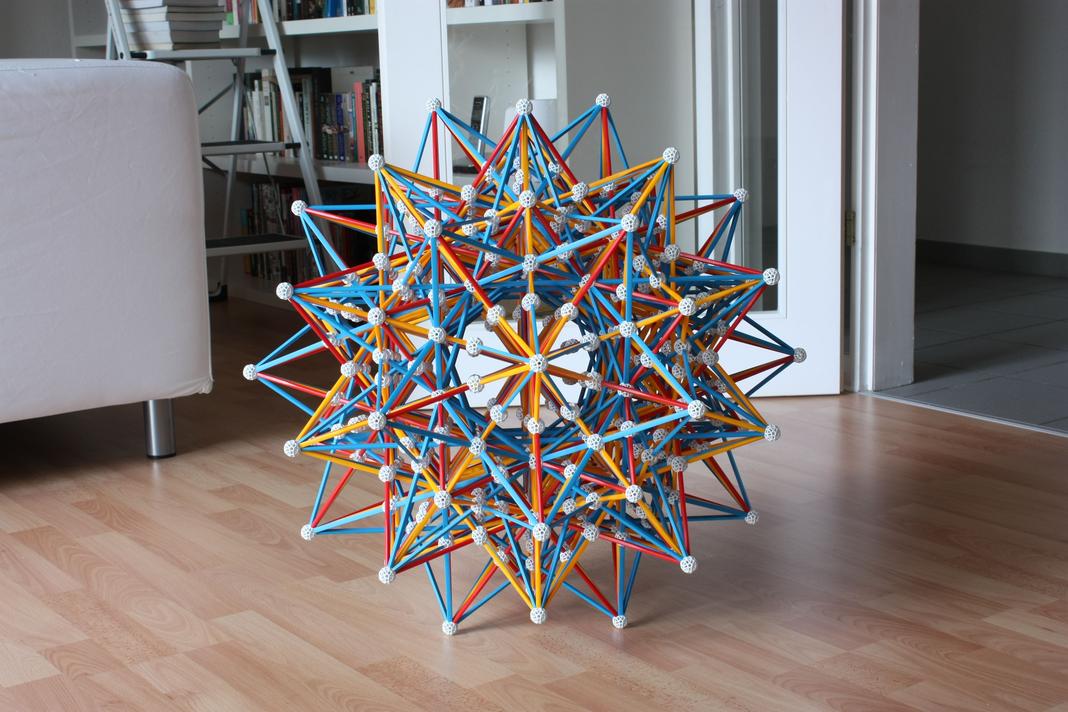
Fig. 6.3a: This model represents the Icosahedral projections of the Grand
600-cell and three other regular star polychora that share its edge
arrangement.
See also
David Richter's page on this projection.
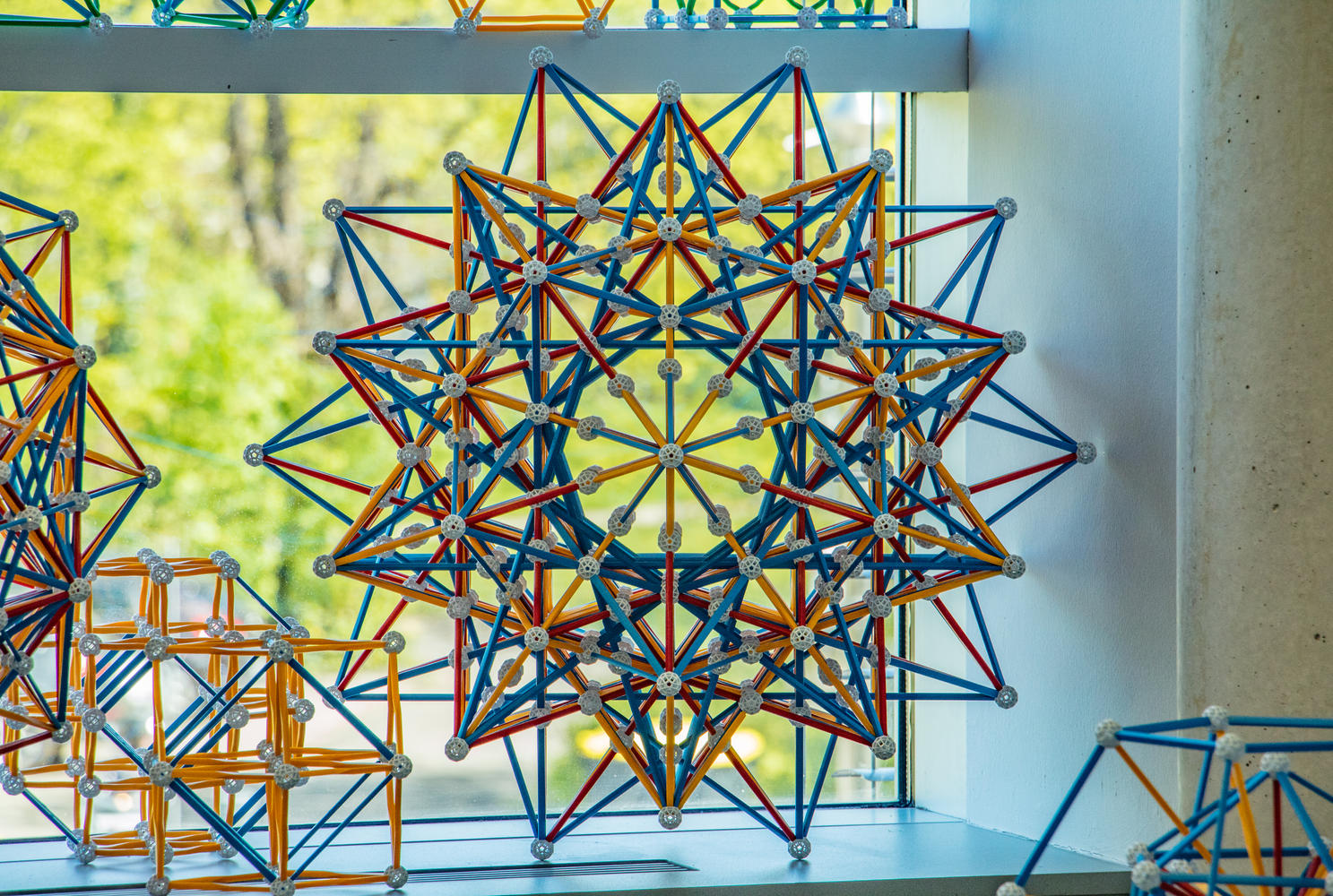
Fig. 6.3b: This is how it looks in my office.
Picture by Jason Wu.
How to build: Make a model of the 600-cell, but extend all internal edges: there
can be no broken lines. Then build a new, outer identical set of vertices with the same
orientation, with their spacing increased by φ (only a few of these
will suffice). For each new outer vertex, see what edges of the internal model point
towards it, then extend those edges to the outer vertex. Do this for a set of neighbouring
vertices, which will allow you to work out the intersections of those edges. Once this is
done, apply the same pattern to all outer vertices using Icosahedral symmetry, while
removing all the edges of the outer 600-cell that were holding the outer vertices in
place. See rationale for this below.
As mentioned above, the Grand 600-cell is a faceting of the 600-cell and its only
stellation; like the latter it has 600 Tetrahedral cells, which have the same orientations
of the Tetrahedral cells of the 600-cell. Therefore, the projections of the 600
Tetrahedral cells in the projection in Fig. 6.3a and b are identical to those of the
Icosahedral projection of the 600-cell in Figs. 5.10, 6.1 except that they are larger in
the former model; all appear distorted in these projections given the latter's Icosahedral
symmetry.
Thus, 20 cells and 12 edges meet at each vertex, as in the 600-cell. Thus, since the
Grand 600-cell is not convex, its vertex figure has to be non-convex and have 20
Triangular faces and 12 vertices - it is therefore the Great icosahedron. The edge figure
is the Pentagram.
As in the case of the 600-cell, the Grand 600-cell has three types of regular edge and
face pseudo-sections (thus called because they include regions outside the polychoron they
section), with Icosahedral symmetry and 120 instances each, which we list below. In the
model in Figs. 6.3a and b two undistorted and superposed instances of each of these sets
of pseudo-sections appear under the two superposed central vertices.
As in the case of the 600-cell, these pseudo-sections are the cells of three other regular
star polychora that share its edge arrangement, also listed below. Since they have 120
cells, they must be, unlike the Grand 600-cell, stellations of the 120-cell. The shared
edge arrangement implies that the Zometool representations of their Icosahedral
projections are identical to that in Figs. 6.3a and b. It also implies that vertex
figures must share the vertex arrangement of the Great icosahedron (the vertex
figure of the Grand 600-cell); this means that they are facetings of the Icosahedron.
In cases where the polychora share the same face arrangement, the vertex figures must
share the same edge arrangement; their faces are determined by the vertex figures of the
cells:
- The Tetrahedral cells of the Grand 600-cell imply that its vertex figure (the
Great icosahedron) is outlined by its faces. These Great icosahedral face sections, which
share their vertices with vertex sections 3 and 5 in Table 3, are the cells of the Great
icosahedral 120-cell (virtual model), which therefore
shares the Triangular faces of the Grand 600-cell. Since the faces are shared with those
of the previous polychoron, the vertex figure must share the edges of the previous
vertex figure (the Great icosahedron), it is therefore the Stellated dodecahedron,
which means that the edge figure is the Pentagon.
- Since the Great icosahedral 120-cell has Triangular faces, its vertex figure (the
Stellated dodecahedron) must be highlighted by its edges. These Stellated dodecahedral
sections, which share the edges and vertices of the Great icosahedral sections mentioned
above, are the cells of the Grand stellated 120-cell
(virtual model). The
vertex figure must have Pentagonal faces, it is the Great dodecahedron, thus the edge
figure is the Pentagram. Since the cells and vertex figures are duals, this is a
self-dual polychoron.
- The Pentagrammic faces of the previous sections are shared by Great stellated
dodecahedral edge sections. Their vertices are those of vertex sections 2 and 6 in Table
3. These are the cells of the Great stellated 120-cell
(virtual model),
which therefore shares the faces of the Grand stellated 120-cell. Since the faces are
shared with the previous polychoron, the vertex figure must share the edges of the
previous vertex figure (the Great dodecahedron), its faces are the Triangular vertex
figures of the cells: it is therefore the Icosahedron and edge figure is the Pentagon.
On the outside, enveloping the projection, is an undistorted Great icosidodecahedron, the
projection of one of the 60 instances of the equatorial polyhedron of the Grand 600-cell.
This shares the vertices of vertex section 4 in Table 3, the Triangular faces of the Grand
600-cell / Great icosahedral 120-cell and the Pentagrammic faces of the Grand stellated
120-cell / Great stellated 120-cell. These equatorial Great icosidodecahedra have
equatorial Decagrams themselves. As in the case of the 16-cell, 600-cell and Stellated
120-cell, each equatorial Polygon has another in a perpendicular plane; in the projection
we can see this easily for the six outer blue Decagrams: they are perpendicular to six
other Decagrams projected as red lines going through the centre. These are aligned with
the six axes of 5-fold symmetry of the projection.
***
It is an interesting fact that all rectifications of regular polyhedra occur as equatorial
polyhedra of all regular polychora with centrally symmetric vertex figures. Here is a
list with their (even-sided) equatorial polygons first:
| Eq. Polygon | Eq. Polyhedron | Polychora | R0/ℓ | Figure |
| Square | Octahedron | 16-cell | √2/2 | 5.4 |
| Hexagon | Cuboctahedron | 24-cell | 1 | 5.5a, b |
| Decagon | Icosidodecahedron | 600-cell, Icosahedral 120-cell, Great 120-cell, Grand 120-cell | φ | 5.10, 6.1 |
| Hexagon | Dodecadodecahedron | Stellated 120-cell, Great grand 120-cell | 1 | 6.2a, b |
| Decagram | Great icosidodecahedron | Great stellated 120-cell, Grand stellated 120-cell,
Great icosahedral 120-cell, Grand 600-cell. | 1 / φ | 6.3a, b |
The equatorial polyhedra of the 600-cell and its the facetings share the same vertices (of
section 4 in Table 3), therefore they are either the former's equatorial polyhedron, the
Icosidodecahedron, or its facetings (Fig. 4.12). As discussed above, they are useful for
calculating the metric properties of their polychora: the values of R0 and
R1 for these polychora are those of their equatorial Polygons listed in Table 1
(R0, listed again here). This implies in particular that the Stellated 120-cell
and the Great grand 120-cell are, like their equatorial Polygon (the Hexagon) and
polyhedron (the Dodecadodecahedron), radially equilateral! This concludes the list of
regular polytopes in n dimensions with this characteristic, which already included, apart
from the Hexagon, the Tesseract and 24-cell.
We will come back to these useful equatorial polyhedra a couple more times.
***
In Figs. 6.4a and b, we present the Icosahedral projection of the last of the regular star
polychora, the most complex of the 16 regular polychora, the final regular stellation of
the 120-cell and its only regular faceting: The Great grand stellated
120-cell (virtual
model). Since it is the dual of the Grand 600-cell, it has 600 vertices with
Tetrahedral vertex figures, and 120 Great stellated dodecahedra as cells.
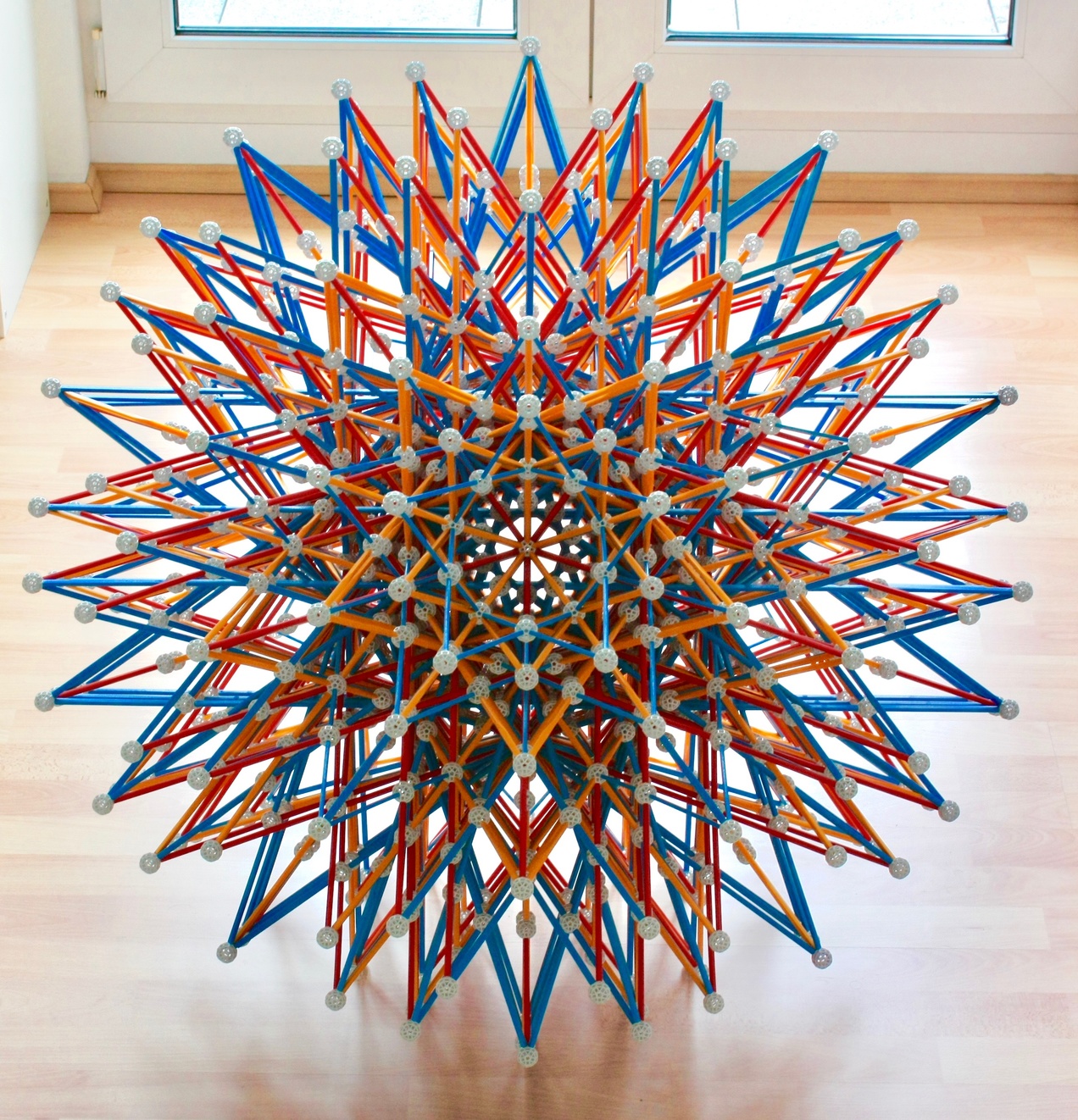
Fig. 6.4a: Icosahedral projection of the Great grand stellated 120-cell,
here seen from a 5-fold symmetry axis.
See also David Richter's page on this projection.
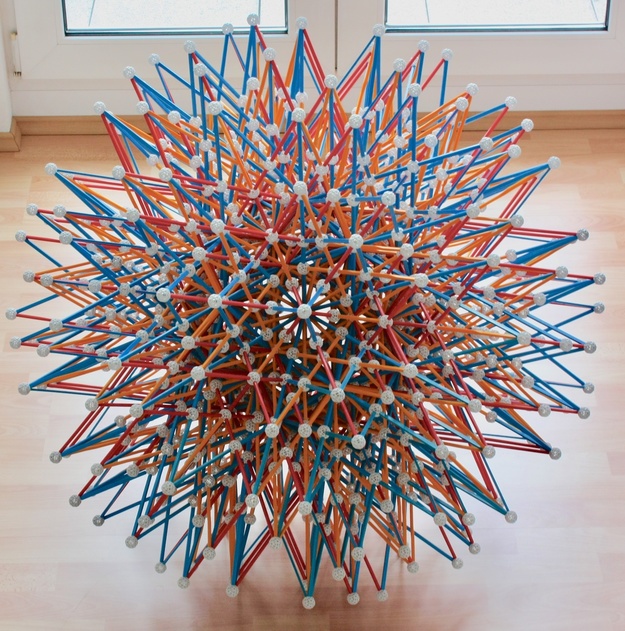
Fig. 6.4b: Same model as in the Figure above, here seen from a 3-fold symmetry axis.
How to build: Make a smaller version of the Stellated 120-cell (in Fig. 6.2a), but
with all internal edges extended - there can be no broken lines. Then identify the
equivalent vertices of the largest possible Dodecahedron in the model, i.e., the outermost
balls along the 3-fold symmetry axes. These are the vertices of the central Dodecahedron
of a (large) Icosahedral projection of the 120-cell. Now, based on this, build a few of
the remaining "outer" vertices of that projection of the 120-cell at an appropriate scale.
Then, from each of those vertices, see what edges in the inner model point towards it, and
extend those edges until they reach that vertex. Doing this for a set of neighboring
vertices will then allow you to figure out the network of edge intersections. Once this is
done, repeat for all vertices of the 120-cell using Icosahedral symmetry, while removing
all edges of the large projection of the 120-cell that were holding the first set of outer
vertices in place. Look here for
the justification of this method of construction.
This model can use 20 Y3 struts. These will be directly aligned with the 3-fold symmetry
axis shown in this Figure. This saves 40 regular-sized struts (Y2 and Y1) and 20 balls and
slightly improves the appearance of the model. In this model, I omitted intersecting blue
struts.
Since the model in Figs. 6.4a and b is an Icosahedral projection of a faceting of the
120-cell, its vertex arrangement is necessarily the same as for the Icosahedral projection
of the 120-cell in Fig. 5.11. This also means that, like that projection, this is
necessarily a cell-first projection: Indeed, there are two superposed, undistorted Great
stellated dodecahedra concentric with the model.
As in the 120-cell, apart from the cells we see no edge sections because there are no
Triangular faces; there are no equatorial polyhedra because the vertex figure (the
Tetrahedron) has no central symmetry. However, as in the 120-cell, there are equatorial
rings with 10 cells, which result from their central symmetry.
Apart from the large number of vertices (600), this polychoron has a great number of false
vertices: an inner set with the vertex arrangement of a small 120-cell, a slightly larger
one with the arrangement of the 600-cell (together these are the false and true vertices
of the Stellated 120-cell), and a second, larger set that also has the arrangement of the
120-cell. As we will see later, these are the vertices of
the Compound of 120 5-cells. As shown by the construction method, and discussed in more
detail later, these represent
successive stages of extension of the edges of the 120-cell.
Geometric relations of the regular polychora
We will now summarise the properties of the regular polychora. In this summary, we will
also show that there are no additional regular polychora. We will do this with the help of
Table 4, where we list the possible cells and vertex figures.
Unlike Table 2, this Table is finite, since the cells or vertex figures can only be one of
the 9 regular polyhedra. However, of the 81 entries, only 25 are logically possible. The
reason for this is that the vertex figure of the cell must match the face of the vertex
figure. To give an example, if the cell is a Cube (which has a Triangular vertex figure),
then the vertex figure of the polychoron must have Triangular faces. These possibilities
appear in 4 groups, depending on the vertex figure of the cells: 16 in the Triangular
group (yellow), 1 in the Square group (red), 4 in the Pentagonal group (green) and 4 in
the Pentagrammic group (Gold). These numbers are the squares of the number of polyhedra
with Triangular, Square, Pentagonal and Pentagrammic faces in Table 2.
The convex regular polychora have their names in boldface. For the Nth column with the
cell type corresponds in the Nth row a vertex figure that is its dual. This implies
that for the objects along the diagonal (not all of them polychora) the cells and vertex
figures are duals, these objects are therefore self-dual. Flipping the table around this
diagonal, we find dual objects: for instance, the Great grand 120-cell is the
dual of the Great icosahedral 120-cell.
Tetrahedra are the only regular polyhedra without central symmetry. Only the first column
on the left has Tetrahedral cells; thus only the polychora on that first column lack cell
rings. By duality, only the first row has Tetrahedral vertex figures. This means that only
the polychora on that first row lack equatorial polygons and polyhedra.
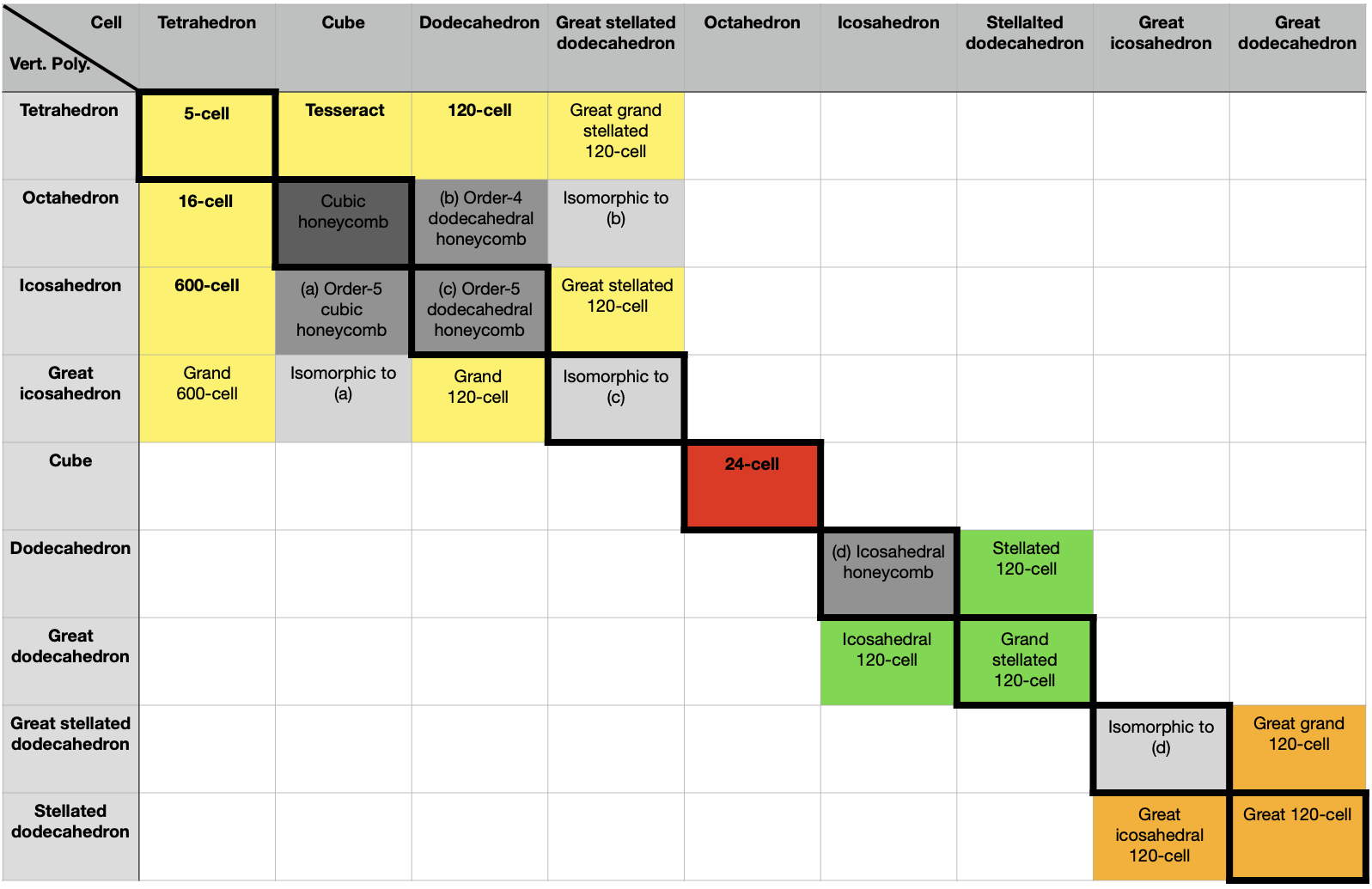
Table 4: Regular polychora have, by definition, regular cells and vertex
figures. Thus, if we list all possible cells in columns and all possible vertex
figures in rows we can enumerate all regular polychora (colored according to the vertex
figures of the cells: yellow - Triangles, red - Squares, green - Pentagons, gold -
Pentagrams) and all regular honeycombs of the Euclidean (dark gray) and hyperbolic (gray)
3-D spaces. The objects in light gray are not honeycombs, they are degenerate polychora
with an infinite number of elements, the reason for this is that they are isomorphic to
the honeycombs of 3-D hyperbolic space indicated with the same letters.
Note the similarity of the top left 4 × 4 square with Table 2.
If the vertex figure is convex and the Solid angles of all cells meeting at
a particular vertex equal or exceed 4π steradians, then we don't have a finite
polychoron, but a regular division of a 3-D space: a honeycomb. In Table 4, we
find all five compact regular honeycombs: the self-dual Cubic honeycomb of the Euclidean 3-D space
and the four regular honeycombs of 3-D hyperbolic space: the Order-5 cubic
honeycomb, its dual, the Order-4 dodecahedral
honeycomb and the self-dual Order-5
dodecahedral and Icosahedral honeycombs.
In this process, we see that the closest analogues of polychoral surfaces are honeycombs
of 3-Dimensional ``surfaces'', Euclidean and hyperbolic. There is a close correspondence
between polychoral ``surfaces" and the finite honeycombs of the 3-D spherical surface, but as for
polyhedra, this correspondence is not one-to-one, because of objects like the regular
multi-dimensional beach balls.
Without these five honeycombs, we still have 20 objects. To proceed, we rely on the
concept of isomorphism. Among regular polyhedra and polychora, this operation changes all
Pentagonal elements (either the cell's faces, vertex figures, or edge figures) into
Pentagrammic and all Pentagrammic elements into Pentagonal, as necessary in a
reciprocal operation. Two isomorphic polychora are topologically identical, sharing the
same number of cells, faces, edges and vertices which have, for symmetry reasons, the same
arrangements. The same happens for lower-dimensional elements; i.e., they have the same configuration
matrix. The four objects indicated with letters in parentheses are not honeycombs (see
detailed treatment in Coxeter 1973), however they are isomorphic to the four hyperbolic
honeycombs indicated with the same letters. The resulting infinite number of elements
implies that, although we might attempt to build polychora with these types of cells and
vertex figures, they never close on themselves.
The remaining 16 objects were already mentioned above. There are therefore no additional
regular polychora, and therefore no star polychora with symmetries other than that of the
600-cell. Also, no additional facetings/stellations of the 120-cell and 600-cell are
regular.
***
We now discuss the geometric relations between the 120-cell, 600-cell and the regular star
polychora. Instead of 6 polyhedra shown in Diagrams Ia and b, we now have 12 polychora, in
Diagrams IIa, b and c we follow Conway, Burgiel and Goodman-Strauss (1991) and arrange
them as the vertices of a Cuboctahedron, which has 12 vertices.
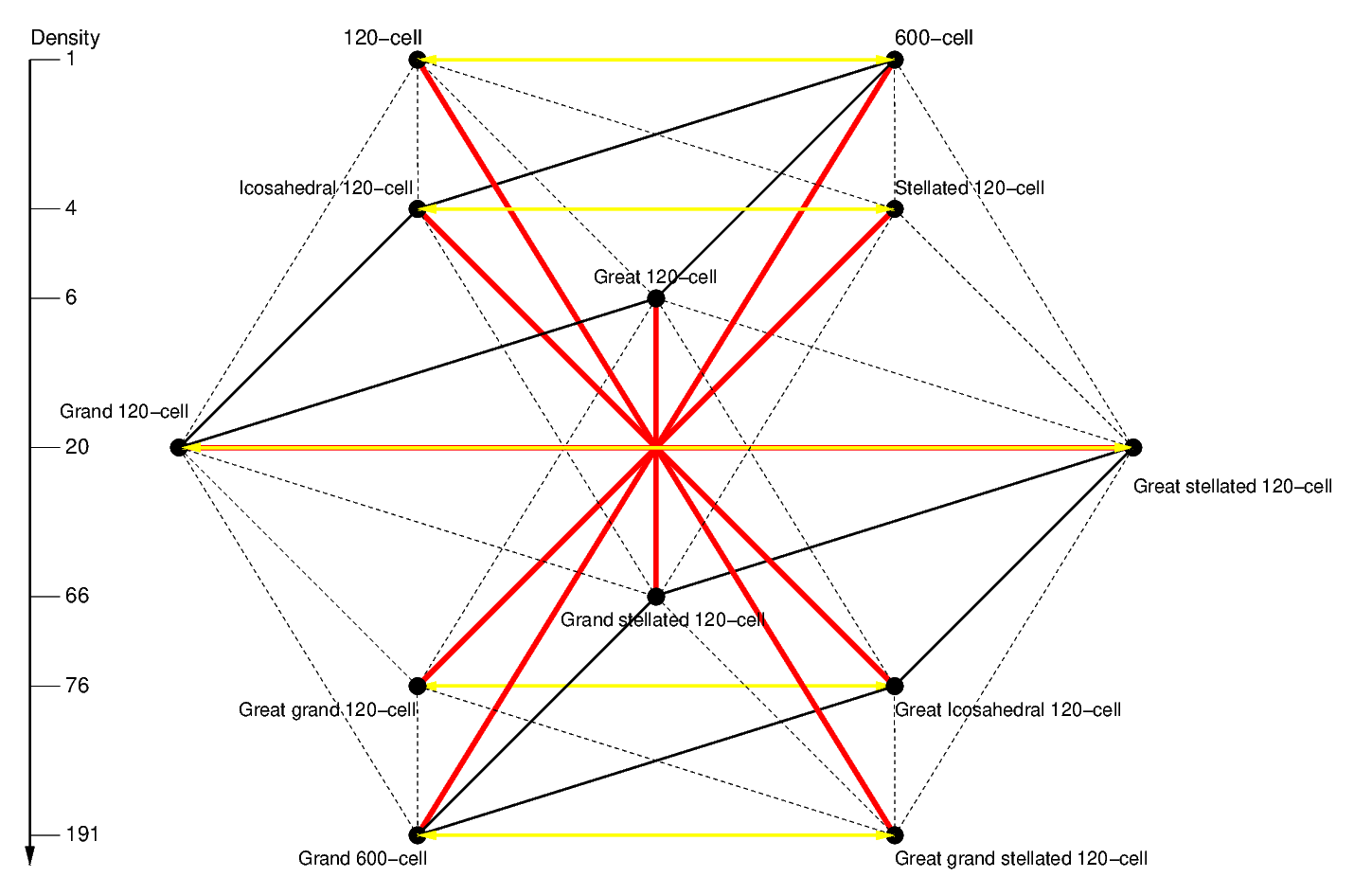
Diagram IIa. Reciprocal relations between the 120-cell, 600-cell and regular star
polychora.
As in those earlier diagrams, the vertical scale indicates the density. The two thick black
line quadrilaterals (C and C') represent the two sets of 4 polychora with identical edge
arrangements, the models of their projections appear in Figs. 6.1 and 6.3a and b
respectively. The aforementioned reciprocal geometric relations between polytopes are
indicated by reflections:
- Duality. This operation is represented by the yellow reflections across the central
vertical line. The correspondences can be checked from Table 4. Their horizontal
direction means that this operation preserves the density. The aforementioned self-dual
star polychora, the Great 120-cell and the Grand stellated 120-cell, are necessarily
represented in that central vertical line. Other than Polygons and Simplices, they and the
24-cell are the only regular polytopes in n-dimensional spaces with this property.
- Isomorphism. This operation is represented by the red reflections through the
centre.
To establish these isomorphisms, we note first that the cells and sections of the 600-cell
are, respectively, identical and isomorphic to the cells and ``sections'' of the Grand
600-cell (see Diagram Ia). The same applies to their equatorial polyhedra - the
Icosidodecahedron and Great icosidodecahedron, both of which share the Triangular faces of
their respective polychora. As we've seen, these regular sections are the cells of the
regular edge facetings of the 600-cell (circuit C, listed on the left) and Grand 600-cell
(circuit C', listed on the right):
- Tetrahedron (600-cell) - Tetrahedron (Grand 600-cell),
- Icosahedron (Icosahedral 120-cell) - Great icosahedron (Great icosahedral
120-cell),
- Great dodecahedron (Great 120-cell) - Stellated dodecahedron (Grand stellated
120-cell),
- Dodecahedron (Grand 120-cell) - Great stellated dodecahedron (Great stellated
120-cell).
Interestingly, their vertex figures (all facetings of the Icosahedron, Fig. 4.6c) are also
isomorphic (see Diagram Ia):
- Icosahedron (600-cell) - Great icosahedron (Grand 600-cell),
- Great dodecahedron (Icosahedral 120-cell) - Stellated dodecahedron (Great icosahedral
120-cell),
- Stellated dodecahedron (Great 120-cell) - Great dodecahedron (Grand stellated
120-cell),
- Great icosahedron (Grand 120-cell) - Icosahedron (Great stellated 120-cell),
which, together with their identical cell plane and vertex arrangements implies that each
of the polychora in circuit C is isomorphic to the most distant polychoron in circuit C'
(and vice-versa). We can also see that the pattern of faceting of the Icosahedral vertex
figure of the 600-cell is repeated in reverse (starting in the Great stellated 120-cell)
for the facetings of the Grand 600-cell.
As for polyhedra, if two polychora are isomorphic, so are their duals. This is enough to
establish the two remaining isomorphisms (120-cell - Great grand stellated 120-cell /
Stellated 120-cell - Great grand 120-cell). This can be quickly verified by checking that
the vertex and cell plane arrangements in each pair are identical and that their cells and
vertex figures are indeed isomorphic to each other, as discussed following Figs. 6.2a
and b, 6.4a and b.
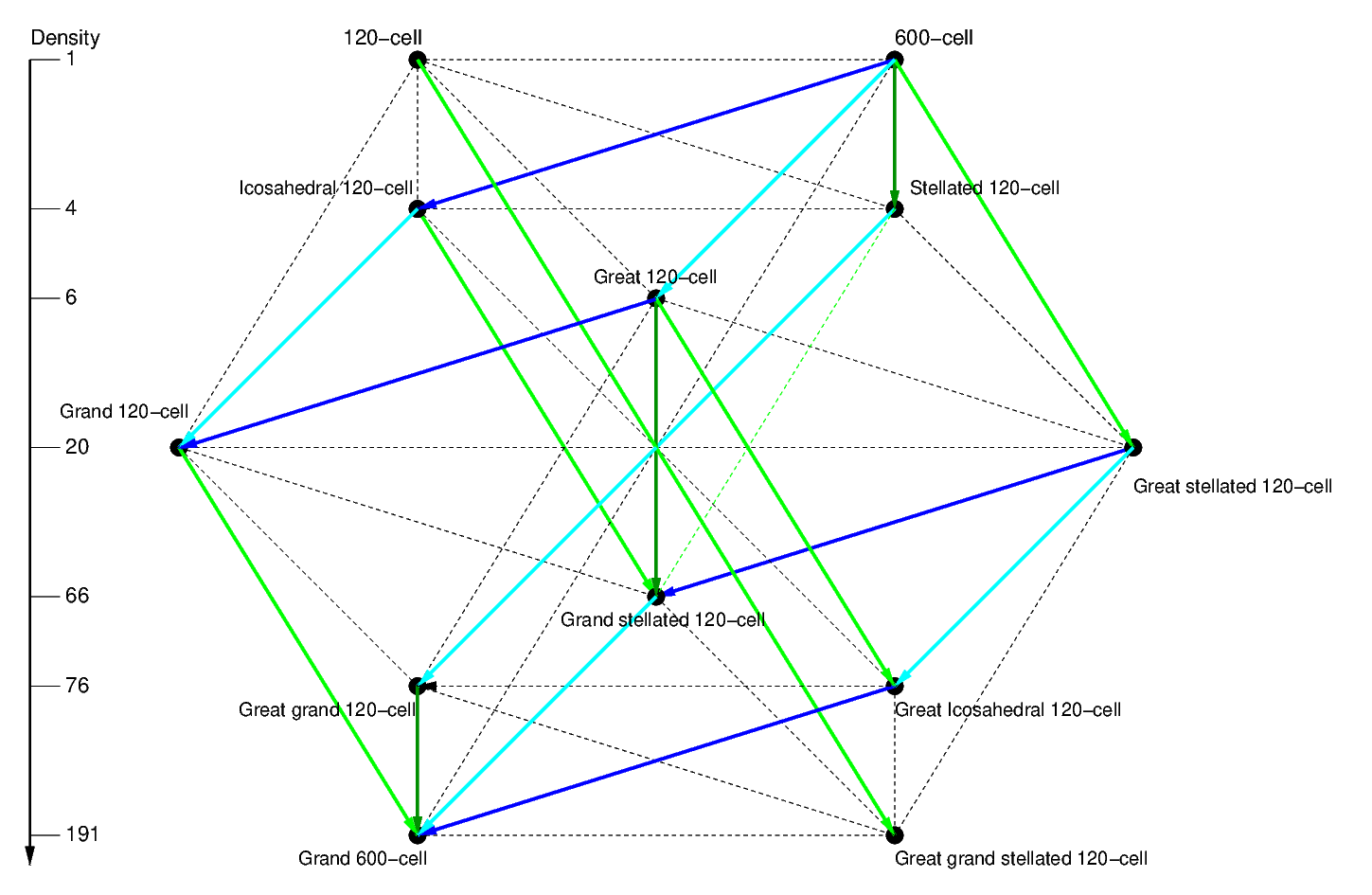
Diagram IIb. Faceting operations for the regular star polychora.
Diagram IIb systematises what we have learned above about the the edge sections of the
600-cell, Grand 600-cell and Stellated 120-cell and the polychora derived from them using
these sections as cells. The four faceting operations that occur among regular polychora
are represented by parallel translations within the
same Cuboctahedral arrangement (represented by arrows), the reason for this is the central
symmetry of the isomorphism operation in Diagrams Ia and IIa:
- Face faceting. As we've seen from the study of the sections, several polychora
share the same face arrangements. These polychora are linked by the dark blue
arrows. This operation changes Pentagonal edge figures into Pentagrammic ones
- Edge faceting. Equally, we have seen that several polychora share the same edge
arrangement, but without sharing face arrangements. These are indicated by the light blue
arrows. This transformation preserves the edge figures, but being a faceting operation, it
decreases their size.
As we've seen in the study of the sections, because these two operations preserve the
polychoron's edge arrangement, they necessarily facet the vertex figures. In the case of
circuits C and C' (here in blue), they are the Icosahedron and its facetings (Fig. 4.6c),
which occur in the same sense (top right to lower left) and with the same vertex figures
in both circuits. This leads us to the next faceting operation.
- Vertex faceting. The light green arrows represent a faceting that preserves the
type of vertex figure; however, since this is a faceting, it necessarily reduces the
size of the vertex figure: the vertex figure of the 600-cell is an Icosahedron
with edge length 1 (the chord of the inner angle of the Triangle), the vertex figure
of the Great stellated 120-cell is an Icosahedron with edge length 1 / φ (the chord of
the inner angle of the Pentagram, see Table 1).
- Dual vertex faceting. This operation, represented by the dark green arrows. It
is necessary to completely account for all facetings. It transforms the vertex figure
into its dual, while reducing its size. Thus, the aforementioned Dodecahedral vertex
figure of the Stellated 120-cell is the dual of the Icosahedral vertex figure of
the 600-cell.
The latter operation is discussed in this site for the first time. It is natural, in the
sense that the vertex faceting of a polyhedron replaces a face by a dual one, which for
Polygons means an identical one, only rotated. When vertex faceting a polychoron, the
faceting either produces dual or identical cells, not both at the same time.
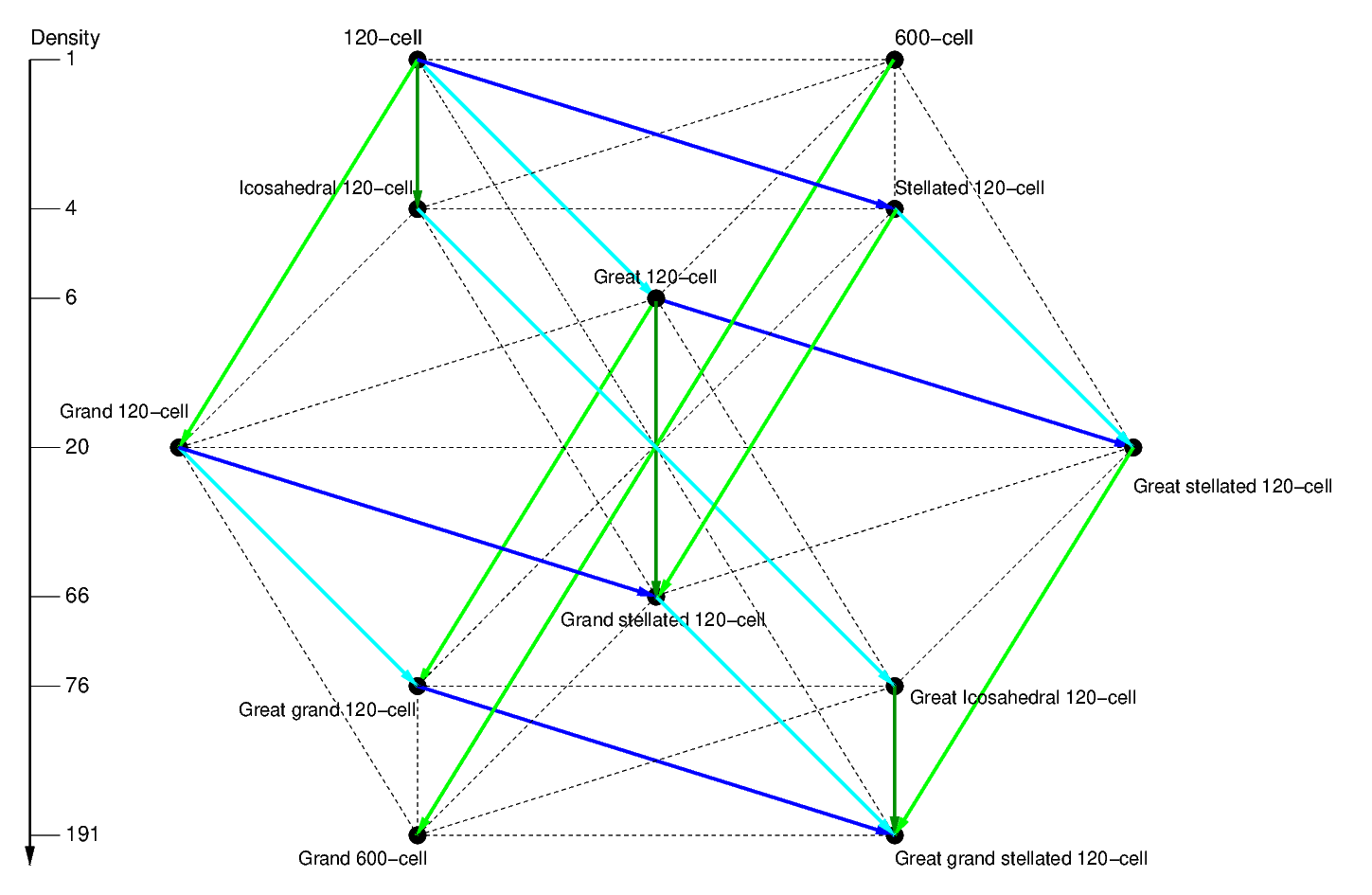
Diagram IIc. Stellation operations for the regular star polychora.
As we've seen, for two dual polychora A and B, a stellation of A (sA) is the dual of a
faceting of B (fB). We can therefore say that the stellation operation from A to sA is the
dual of the faceting operation from B to fB. Being the duals of the faceting operations,
these operations are, in this diagram, a reflection around the central vertical line of
the faceting operations in Diagram IIb; for this reason they are also represented by sets
of parallel translations, in this case arrows shown with the same colours as those of
their dual transformations In Diagram IIb. These stellation operations give the regular
star polychora their names.
- Edge stellation. This operation is represented by the dark blue arrows. Since
the dual operation (face faceting) preserves the face arrangement, this operation
preserves the dual (perpendicular) edge directions, but extends them, stellating
Pentagonal faces into Pentagrammic ones. This has to be since the dual operation
transforms Pentagonal edge figures into Pentagrammic ones.
- Greatening. This operation is represented by the light blue arrows. Since the
dual operation (edge faceting) preserves the edge arrangement, this operation preserves
the perpendicular 2-D facial planes. Since the dual operation preserves the type of edge
figure but makes it smaller, this operation replaces a face by a larger one of the same
type (see Fig. 4.5a).
Since the two dual operations facet the vertex figures, these two operations stellate
the cells. The pattern of cell stellation in the top blue circuit is shown in Fig.
4.6b.
- Aggrandizing. This operation is depicted by the light green arrows. Since the
dual operation replaces vertex figures by smaller ones of the same kind, this operation
replaces cells by larger ones of the same kind. From this, we see that the cell types in
the lower blue circuit are a repeat of the cell types in the top blue circuit.
- Dual aggrandizing. This operation is depicted by the dark green arrows. Since
the dual operation changes a vertex figure into a smaller dual, this operation changes
a cell into a larger dual.
As we can see in Diagram IIc, two of the polychora in circuit C' are derived from two of
the polychora in circuit C by edge stellation (which stellates Pentagons into Pentagrams).
This edge stellation explains why the false vertices of the polychora in circuit C' have
the same arrangement as the vertices of the 600-cell, as mentioned above. But do the true
vertices have the vertex arrangement of the 600-cell, as we assumed above?
To verify this independently, we note that this edge stellation also happens necessarily
to the equatorial polyhedron in circuit C, the Icosidodecahedron: as we've seen in the
commentary after Fig. 4.12a, extending its edges we obtain the edges of the Great
icosidodecahedron, the equatorial polyhedron of circuit C'. The fact that the vertices of
this equatorial Great icosidodecahedron lie directly above those of the equatorial
Icosidodecahedron it stellates implies that the vertices of the polychora in circuit C'
lie directly above those of the polychora in circuit C they stellate, i.e., they are also
the vertices of a 600-cell in the same orientation, only in a φ times larger
configuration that we expect from stellating all Pentagons into Pentagrams. This applies
to their projections as well, thus justifying the method of construction of the model of
Figs. 6.3a and b by stellation of the model of Figs. 5.10 and 6.1, with the former's
vertex arrangement being φ times larger.
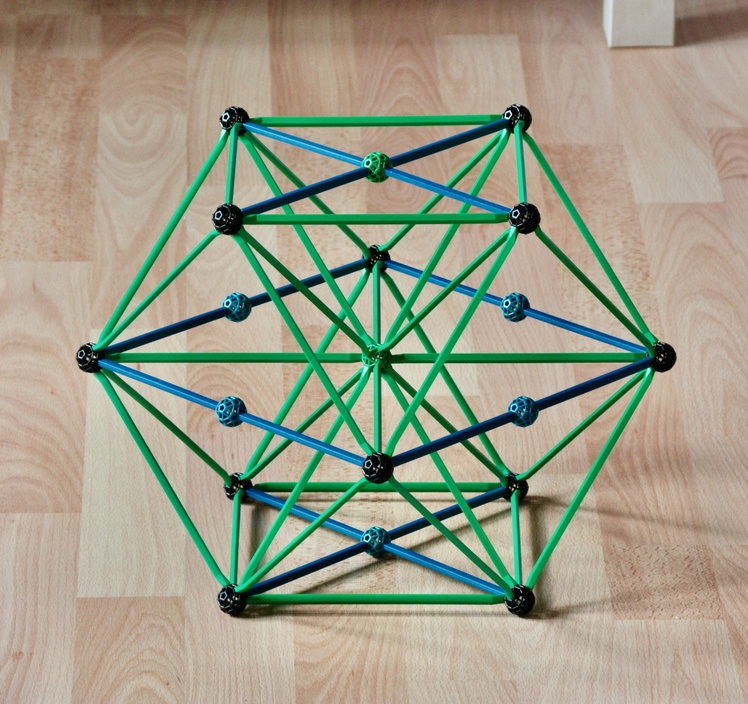
Fig. 6.5: Representation of diagrams IIa, b and c with the Zometool. Note the similarity
with Fig. 4.10c. The difference here is that we only use two of the faceting prisms and
include the struts connecting their vertices to the centre. These struts are the same as
used for the edges of the the Cuboctahedron; this happens because the latter is radially
equilateral.
We can represent Diagrams IIa, b and c with a Zometool model, as shown in Fig. 6.5.
The black balls - the vertices of the outer Cuboctahedron - represent the 120-cell,
600-cell and the 10 regular star polychora, the struts represent the geometrical
operations discussed above. Note how the edge stellation and its dual, the face faceting,
are special, being the only operations represented by the blue struts. All others,
including duality, can be represented by green struts and include special double-length
cases going through the centre of the figure: the isomorphisms.
Partially regular polychora
Apart from the convex Archimedean
polychora and the regular star polychora, we know many more uniform polychora.
It is not known if the list is complete or not, but it likely isn't, because hundreds of
them have been found since 2020. However, apart from some of the regular star polychora,
only four are edge facetings of the regular polychora, and thus represented by the models
above. We now list them.
There is one faceting of the 16-cell, the aforementioned Tesseractihemioctachoron, which
has the same face arrangement of the 16-cell and therefore shares all its Zometool
representations. This polychoron is constructed with the 4 equatorial Octahedra of the 16
cell plus 8 of its 16 Tetrahedra. It is the 4-dimensional analog of its partially regular
vertex figure, the Tetrahemihexahedron; the
latter is necessarily a faceting of the Octahedral vertex figure of the 16-cell.
The Stellated 120-cell is special because because a) it is radially equilateral and b) it
is the only regular polychoron where the vertex figure is a Dodecahedron. This is
interesting because, as we've seen, Dodecahedra can be faceted in 22 different ways (some
of which are shown in Fig. 4.8). Using these facetings as vertex figures results in 22 edge facetings of the
Stellated 120-cell, all radially equilateral, all sharing the same the Zometool
representation.
As we've seen above, if we use the only regular faceting of the Dodecahedron (the Great
stellated dodecahedron) as a vertex figure, we obtain a second regular polychoron, the
Great grand 120-cell. If we use the partially regular facetings of the Dodecahedron - the
ditrigonal polyhedra in Fig. 3.7 - as vertex figures we obtain the three ``ditrigonal''
polychora:
- Using the Small ditrigonal
icosidodecahedron as vertex figure we obtain the Small ditrigonal 120-600-cell, which has
120 Great icosahedra and 600 Tetrahedra as cells.
- Using the Ditrigonal
dodecadodecahedron as vertex figure we obtain the Ditrigonal
120-120-cell, which has 120 Great icosahedra and 120 Icosahedra as cells.
- Using the Great ditrigonal
icosidodecahedron as vertex figure we obtain the Great ditrigonal 120-600-cell, which has
120 Icosahedra and 600 Tetrahedra as cells.
These names are consistent with those of the ditrigonal polyhedra, which indicate the
number of the two types of faces separately. These Icosahedral, Great icosahedral and
Tetrahedral cells are the aforementioned Icosahedral, Great icosahedral and Tetrahedral
sections of the Stellated 120-cell. In addition to sharing the vertex arrangement of the
600-cell and edge arrangement of the Stellated 120-cell, they share an identical face
arrangement among themselves (not with the Stellated 120-cell), a consequence of
the fact that their vertex figures share the same edge arrangement. Furthermore, since
all faces are Triangular, their vertex figures are necessarily among their edge
sections; these are the ditrigonal sections of the Stellated 120-cell mentioned above. The
isomorphisms between these polytopes are the same as for their vertex figures: the Small
ditrigonal 120-600-cell is isomorphic to the Great ditrigonal 120-600-cell and the two
sets of cells of the Ditrigonal 120-120 cell are isomorphic to each other.
The Tesseractihemioctachoron and the three ditrigonal polychora are semi-regular: their
cells represent the full set of regular polyhedra with Triangular faces. Being edge
facetings of regular convex polychora, they are also isogonal and isotoxal. Furthermore,
since their vertex figures are the partially regular polyhedra, all isotoxal and which
each edge separating the two types of faces, these four polychora are also isohedral, with
each Triangular face separating the two types of cells of each object. No other
semi-regular polychora come this close to full regularity: they are not regular because
they have two types of regular cells instead of one. For this reason, I call them, by
analogy with their vertex figures, the ``partially regular'' polychora.
While the Tesseractihemioctachoron and its vertex figure (the Tetrahemihexahedron) are
part of an infinite family of n-dimensional partially regular non-convex polytopes, the
demi-crosses (more details later), the
ditrigonal polytopes are, like the regular polytopes that share their symmetries, unique
to three and four dimensions, being therefore exceptional.
Paulo's polytope site / Next: Zomable regular polychoron compounds. These exist because two
of the facetings of the Dodecahedron are regular compounds: the Compound of five cubes and
the Compound of ten tetrahedra.











